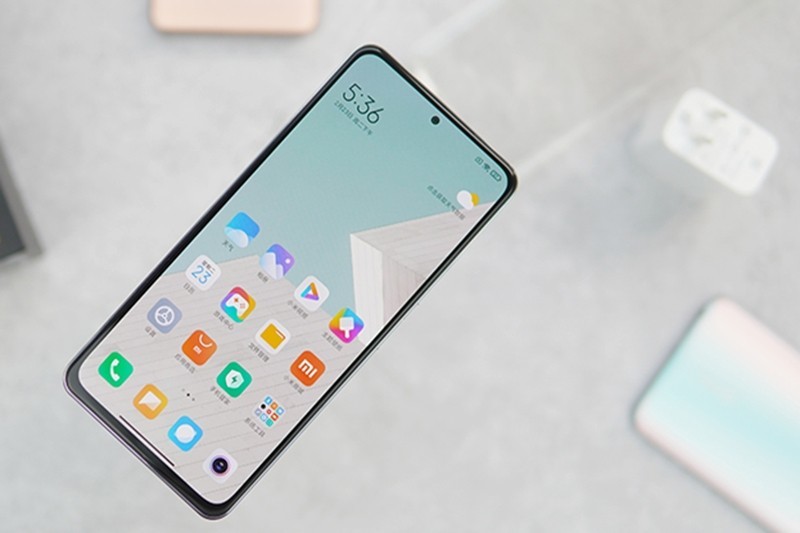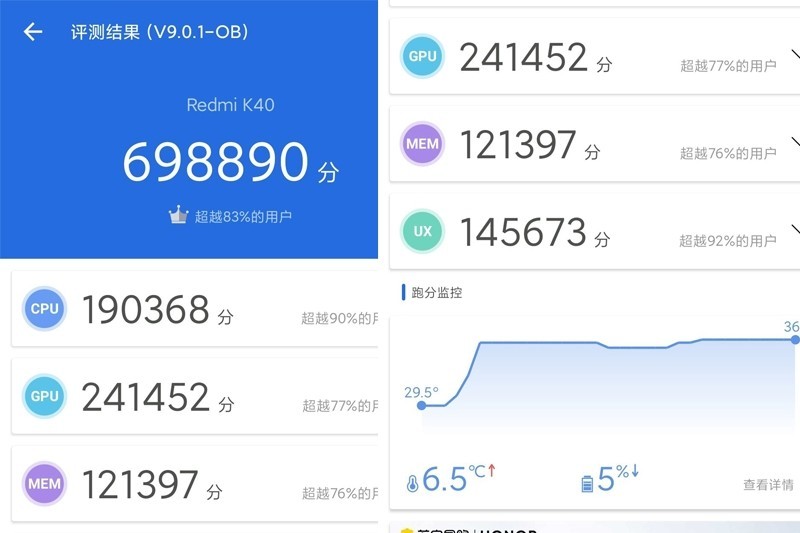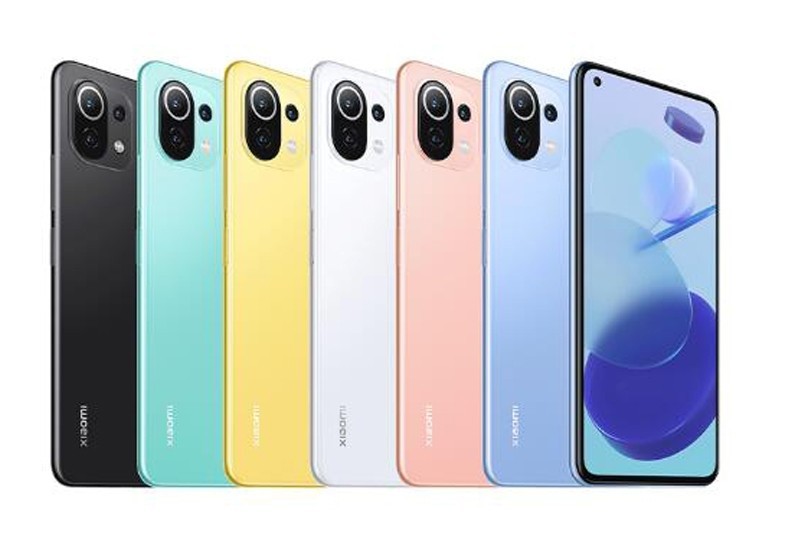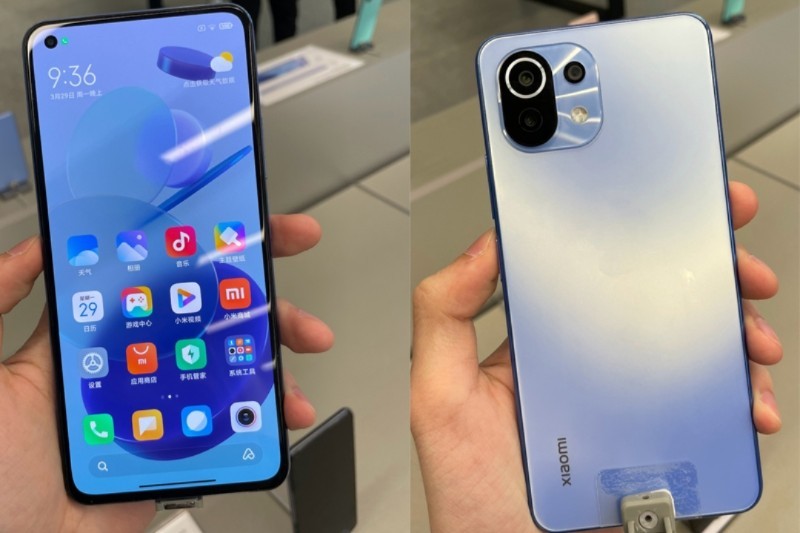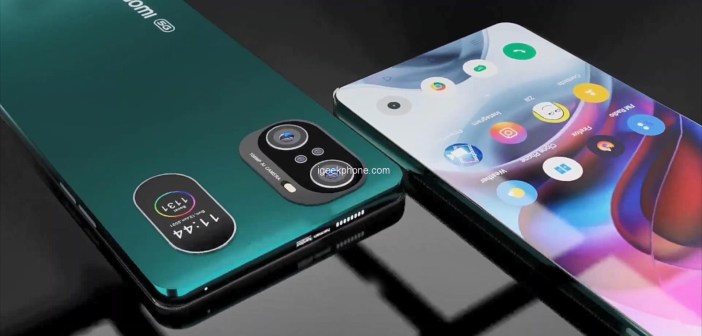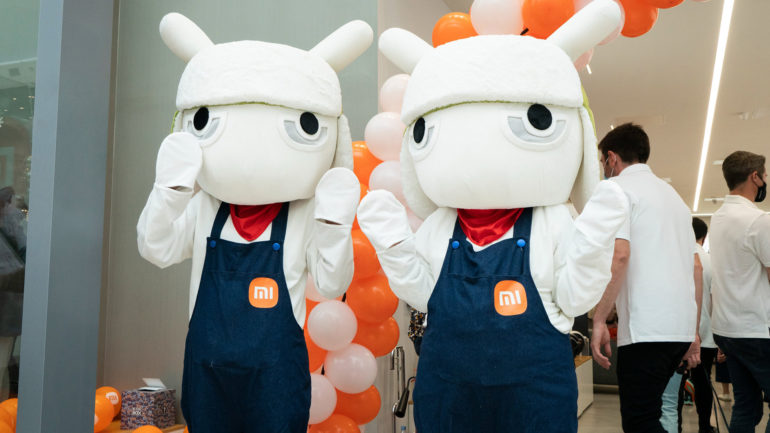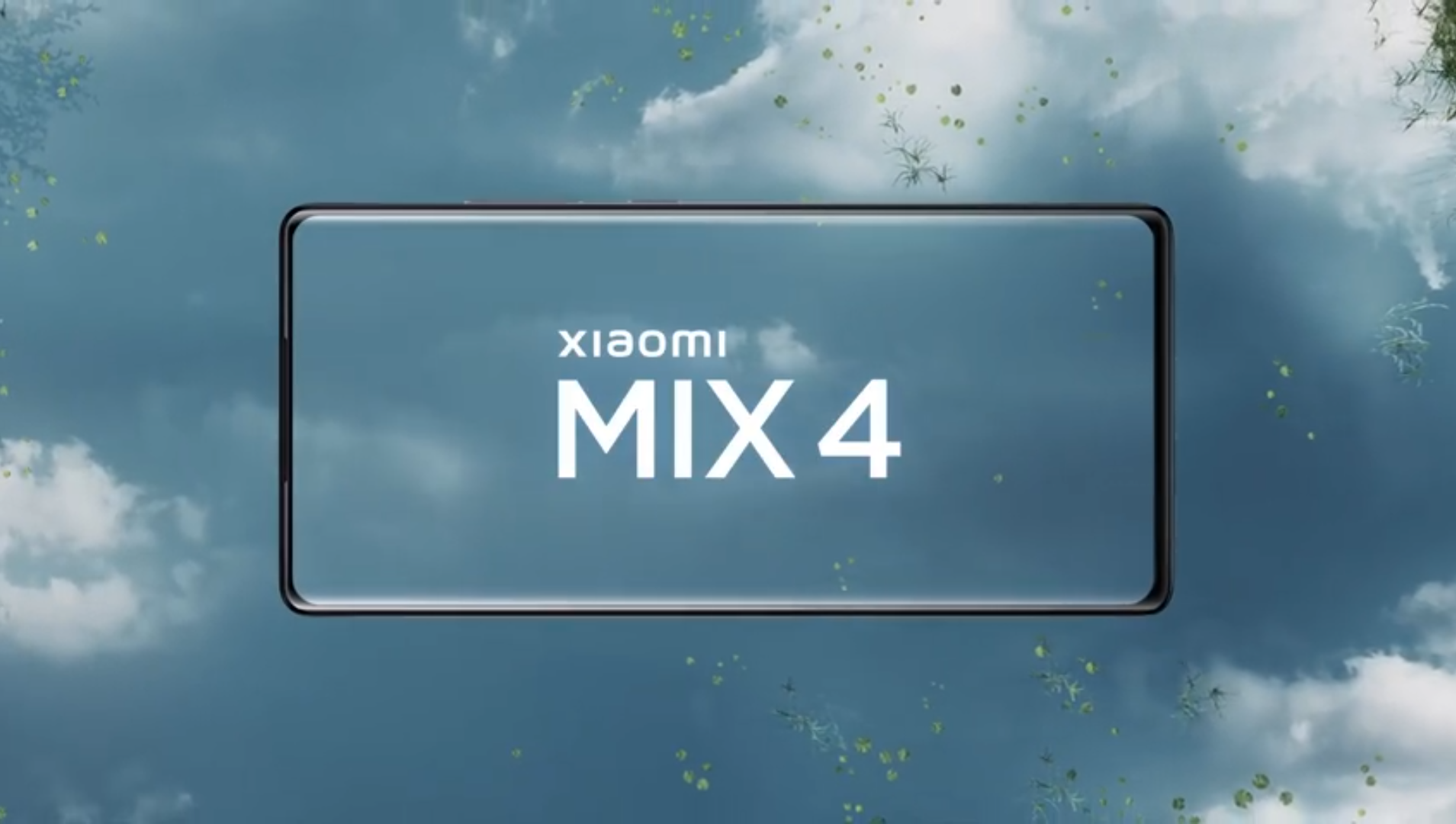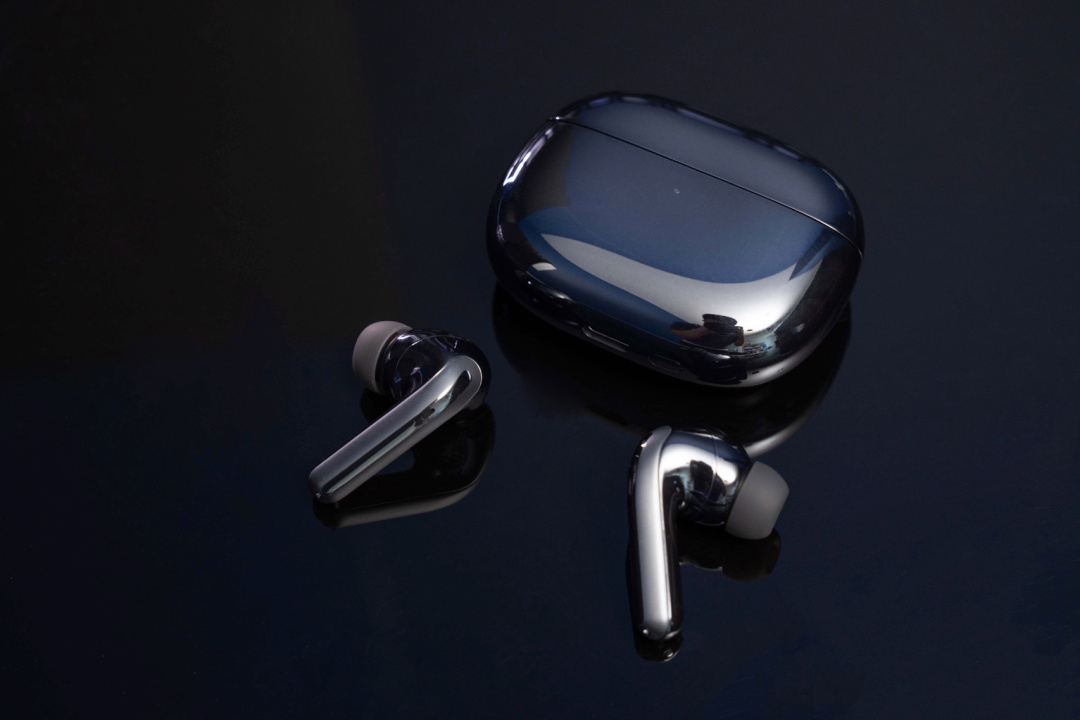As for the Xiaomi 11lite, this mobile phone is very thin and light, with a body thickness of only 6.81mm and a weight of 159g. It is equipped with a Snapdragon 780G and is still a 6.55-inch flexible screen.
On the screen, Redmi K40 uses a 6.67-inch Samsung E4 hard screen, the screen refresh rate is 120Hz, the touch sampling rate is 360Hz, the global brightness is 900nit, and it supports 8bit. Xiaomi 11 lite uses a 6.55-inch AMOLED flexible screen, and the chin is only 2.75mm.
In terms of performance, the Snapdragon 870 equipped with the Redmi K40 supports LPDDR5 and UFS3.1, and the performance is very powerful. Although the Snapdragon 870 is still TSMC’s 7-nanometer process, the performance is very powerful on mid-range phones.
The score of the Snapdragon 780G is 560,000 points. The difference between the two is more than 130,000 points. The score here is not completely accurate because the Snapdragon 780G does not support LPDDR5. Xiaomi 11lite supports LPDDR4X and UFS3.1.
Therefore, if you pay more attention to performance, Redmi K40 is undoubtedly better. If you like thin and light mobile phones, Xiaomi 11 lite is better, the weight is lighter and thinner, and its appearance is better.
In terms of battery life, the Redmi K40 has a battery capacity of 4,520 mAh, and the Xiaomi 11 lite has 4,250 mAh, a difference of 270 mAh. However, Xiaomi 11 lite is equipped with a low-power processor and has a refresh rate of only 90Hz, so there will be no disadvantage in battery life.
In terms of taking pictures, the two phones are similar, except that the main rear camera of the Xiaomi 11 lite is 64 million pixels, and the Redmi K40 is 48 million pixels. The front camera is 20 million pixels, and the rear camera has a wide angle of 8 million and a macro of 5 million.

